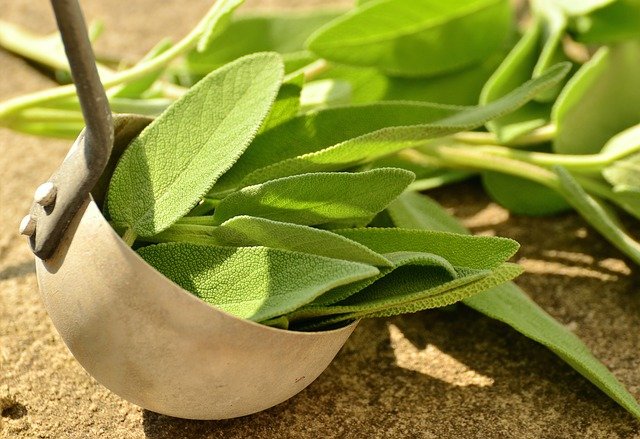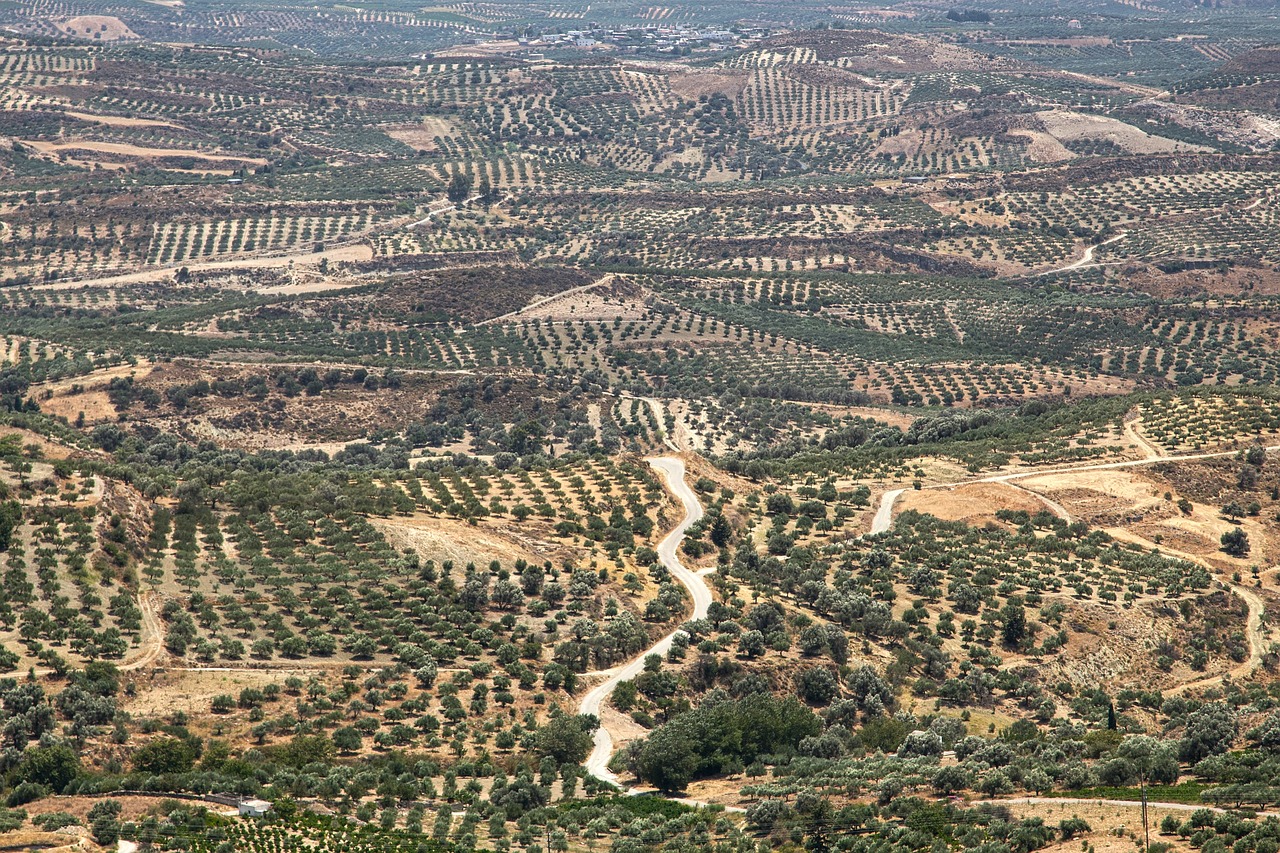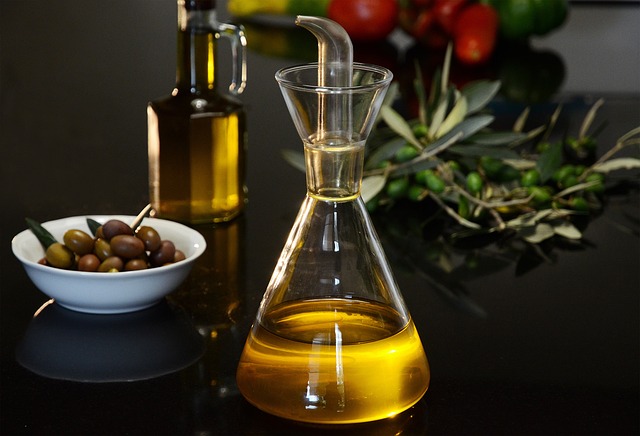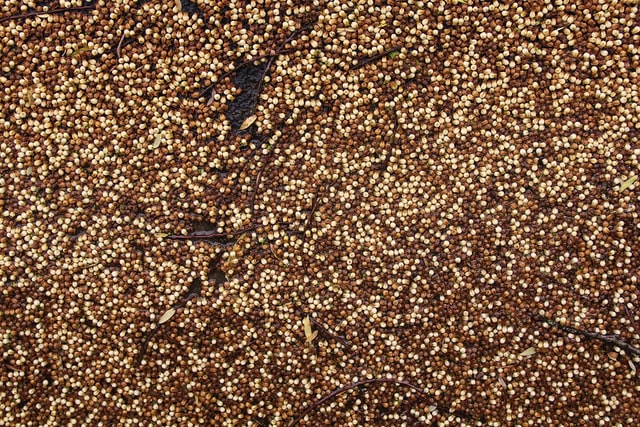What is Sage Herb
Sage’s grayish leaves are a sight to behold. This is a lovely perennial plant indeed, but it’s more than its good looks; it’s one of the most potent herbs and has a wide variety of uses not only in the kitchen and the medicine cabinet but spiritually as well.
People have been burning sage to ward off evil spirits for millennia around the Mediterranean Basin. Although ghostly figures are probably the least of our problems, sage might actually have special powers; it has astounding health benefits.
From a wide variety of sage species, the most prized is Salvia Officinalis, one that’s more than an ornamental plant and a tasty condiment. The Ancient Romans called it the ‘holy herb,’ and Emperor Charlemagne ordered the aromatic plant to be planted throughout his vast kingdom. Sage’s popularity still lives — The International Herb Association named it Herb of the Year in 2001.
Here’s all you wanted to know about sage as food and medicine. There are few other herbs in the world with such varied uses, and since sage is wildly popular, you can start making the most out of it today. Lets discover what is sage herb?
All About Sage
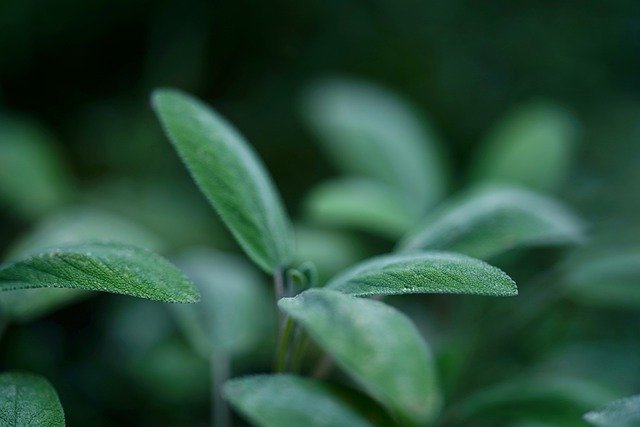
Sage is instantly recognizable for its strong, earthy and almost sweet herbal aromas. It is used as food, and it has a wide collection of health benefits associated with it.
Albania, Morocco and Turkey are some of the most important sage producers, and since the leaves have high concentrations of essential oils, they can be dried and stored for long periods. This means sage is available year-round.
As for consumers, sage is quite universal. People in China love it, but you’ll see it in every other Italian preparation as well. It is widespread in the Americas, too, proving the sage market is wide and varied. Fresh or dried, flaked or powdered, you’ll find sage in many forms, but they all share the herb’s unique, flavorful traits and astounding health benefits.
Talking about health, here’s what you need to know about this ancient plant.
Sage Health Benefits
Sage has been used since the Middle Ages to treat wounds and to ease various disorders. Modern medicine has backed the herb’s health claims with meticulous research, delivering exciting results. Here are the most important.
- Sage is a fabulous source of antioxidants. With over 160 unique polyphenols, consuming the herb regularly can keep scavenging free radicals responsible for oxidative stress at bay. Amongst these healthy compounds, rosamrinic acid, also accountable for sage’s aromas, is one of the most effective, especially against premature aging and damaged cells.
- Sage might help you lower ‘bad’ low-density cholesterol and triglyceride levels, too, while raising your markers for good cholesterol in the process. The herb might also help control blood sugar levels by improving insulin sensitivity.
- Sage might not keep evil spirits away, but it does control bacterial growth. The plant has antimicrobial effects that have proven to be particularly effective against cavity-causing bacteria. Sage can help you maintain adequate oral health, reducing plaque and even the risk of suffering from mouth ulcers.
- Unconfirmed studies have shown that certain compounds in sage might have estrogen-like properties, meaning the herb can help reduce menopause symptoms.
- Sage is very effective at easing digestive discomforts, from stomachaches to alleviating diarrhea.
Sage Nutritional Values
Sage is also nutrient rich. One-hundred grams of dried sage add 60 grams of carbohydrates, most of them in the form of dietary fiber. The herb will also add 13 grams of healthy fats and 10 grams of high-quality protein.
Vitamins abound in sage, especially in the B complex family. It will add 58% of your daily needed vitamin B1, 38% of vitamin B3, and an astounding 207% vitamin B6.
Vitamins A, C, and E are also abundant in sage, but its most impressive nutrient is vitamin K, with 1633% of your daily needed intake.
Essential minerals in sage include Calcium, Iron, Magnesium, Zinc and Potassium. Being exceptionally high in the first two.
All the above add up for a nutrient-rich herb that, if consumed regularly, could effectively make a difference in your overall health.
Cooking With Sage Herb
As a member of the mint family, Sage can complement a wide variety of foods, significantly when added early in the cooking process.
This makes sage an ideal component for sauces, compound butter and marinades. Italians often add it to tomato sauces and are part of several types of sausages.
Sage is so aromatic, it is used as a dry rub along with other spices to flavor meat before being grilled or roasted — being especially compatible with poultry.
Fresh sage is less aromatic than its dried counterparts, but in both cases, you should exercise caution; the herb’s intense flavors can overpower the meal if used excessively.
Is Sage For You?
Sage is a gorgeous garden plant and a resistant one too, so having it around the house is a fantastic idea. If you can’t have your own sage bush, then make sure you have a jar of dried sage readily available.
Just a pinch will improve your meat and pasta dishes massively and could very well become your signature. Just remember, with sage, a little goes a long way.
Sources:
- www.masterclass.com/articles/how-to-cook-with-sage-11-culinary-uses-for-sage
- www.healthline.com/nutrition/sage
- www.thespruceeats.com/what-is-sage-1328645
- www.verywellmind.com/the-benefits-of-burning-sage-4685244
- es.wikipedia.org/wiki/Salvia_officinalis

